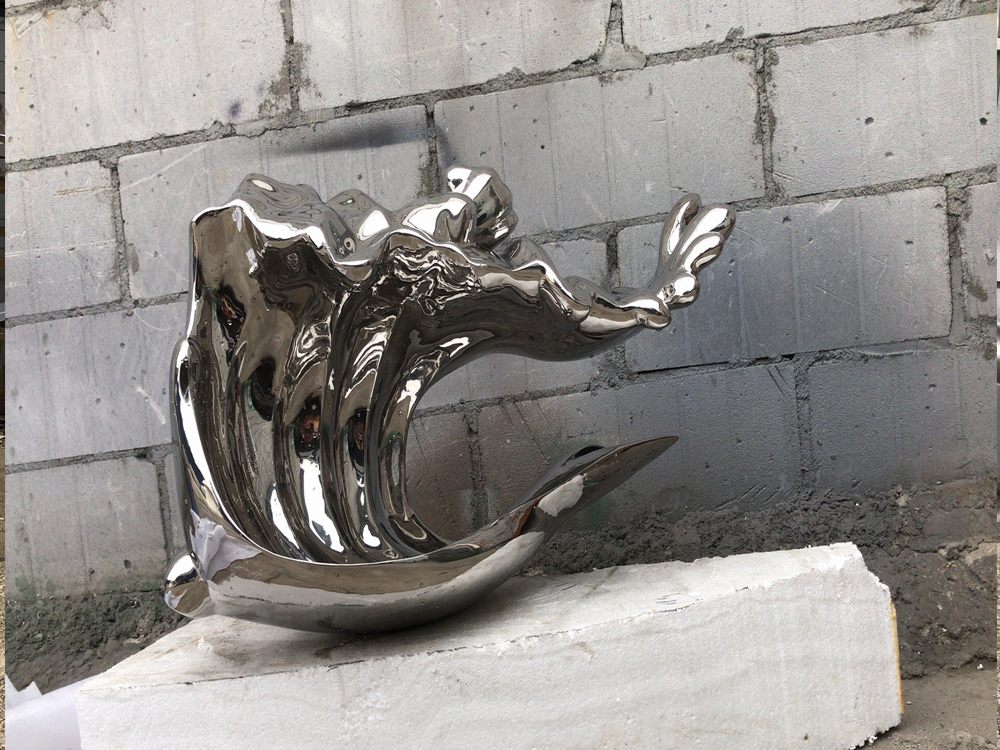
Creating functional metal sculptures is a delicate dance between artistic expression and practical utility. Artists must navigate this balance by considering both aesthetic appeal and real-world functionality. The process often begins with a clear vision—whether it’s a sculptural chair, a decorative gate, or an interactive installation—where form must harmonize with purpose.
One key strategy is material selection. Metals like steel, bronze, or aluminum offer durability while allowing intricate designs. Artists experiment with textures, finishes, and structural integrity to ensure their pieces withstand use without compromising beauty. For example, a sculptor might reinforce a delicate-looking bench with hidden supports, merging fragility with strength.
Another factor is ergonomics. Functional sculptures must cater to human interaction, whether as furniture, lighting, or architectural elements. Artists prototype and test their designs, adjusting proportions and angles to enhance comfort and usability. This iterative process ensures the final piece is both visually striking and practical.
Collaboration also plays a role. Many artists consult engineers or craftsmen to tackle technical challenges, blending creative vision with expert knowledge. This teamwork allows for innovative solutions, such as kinetic sculptures that move smoothly or modular designs adaptable to different spaces.
Ultimately, the magic lies in the artist’s ability to transcend boundaries. By embracing constraints as creative opportunities, they transform cold metal into works that inspire and serve—proving that art and functionality can coexist beautifully.

